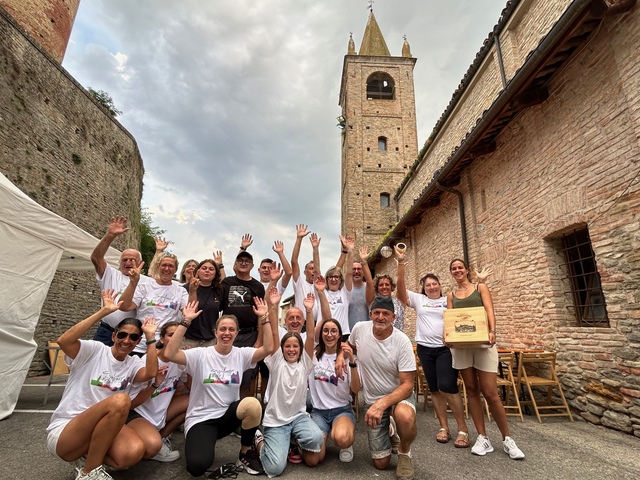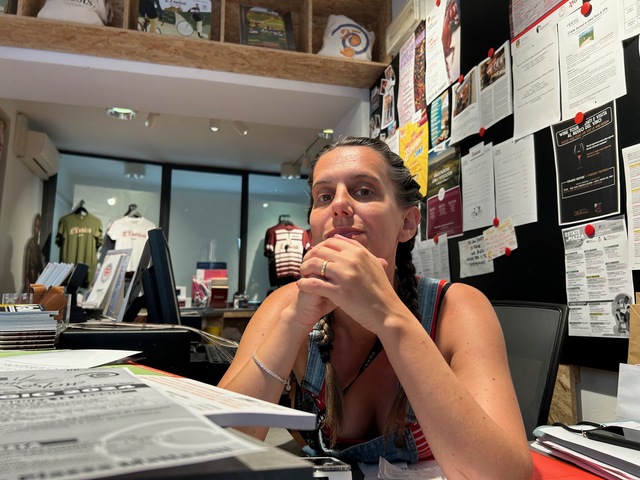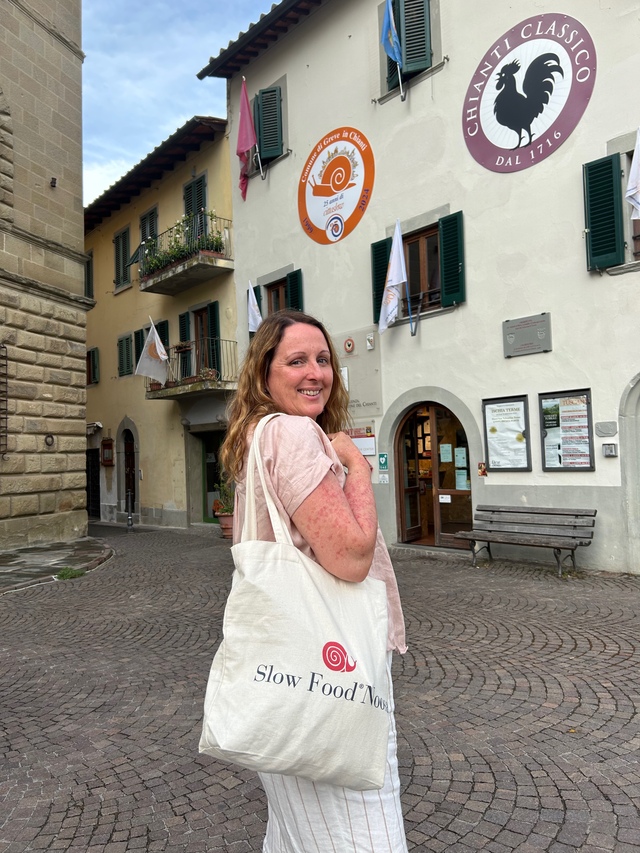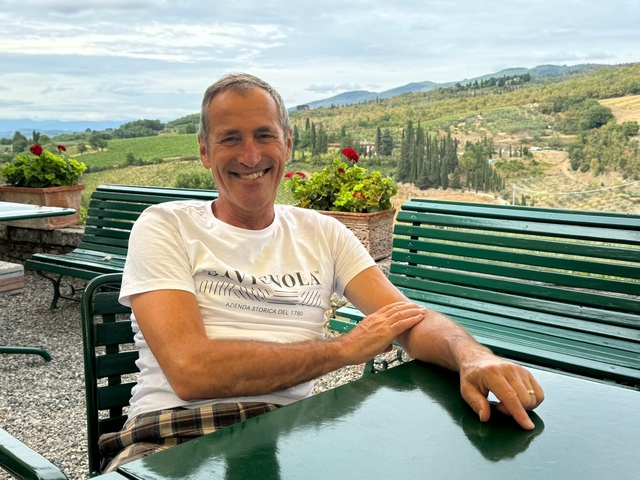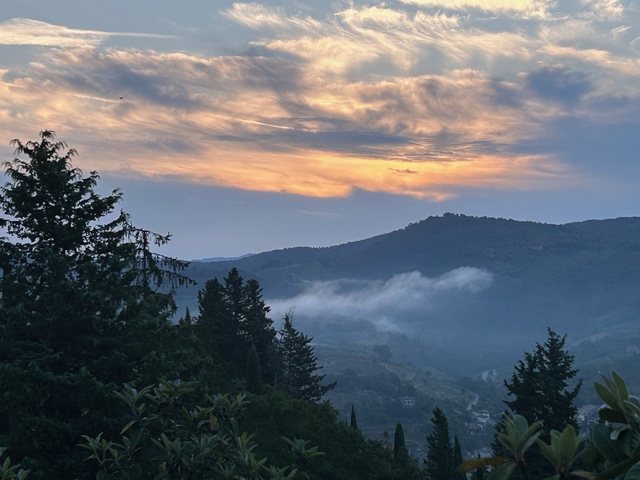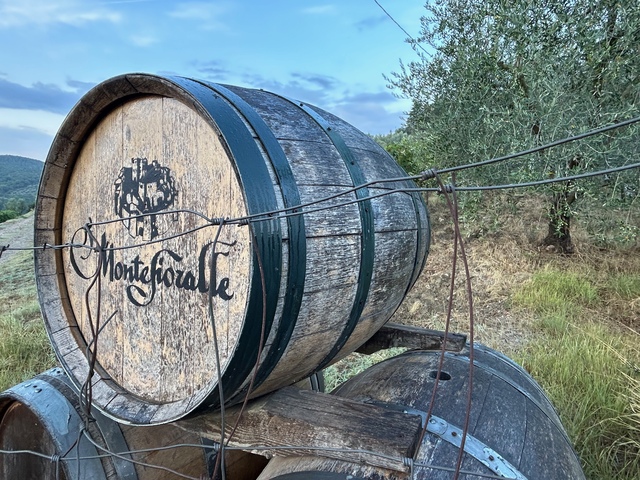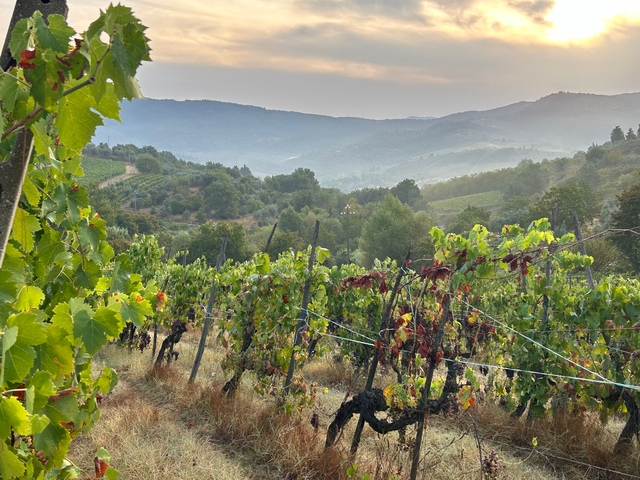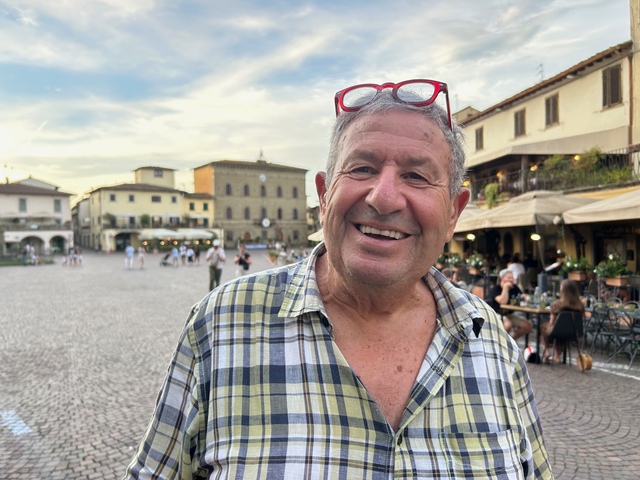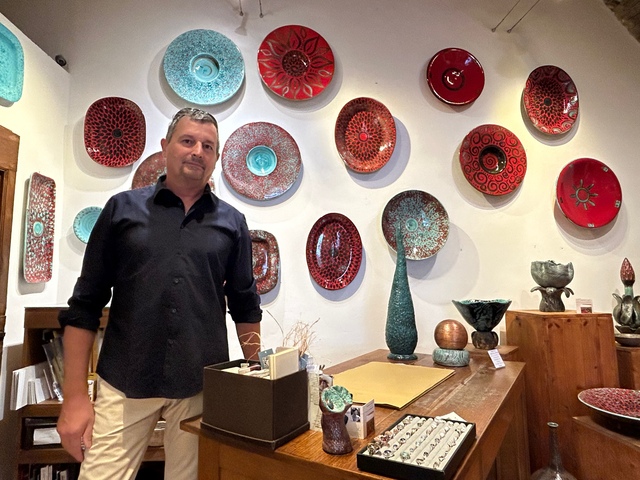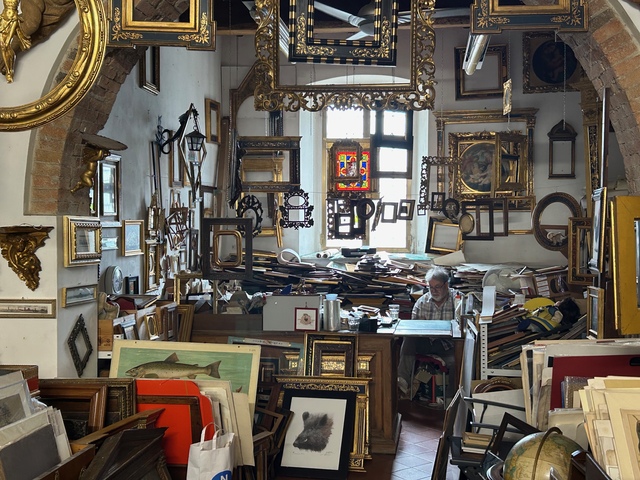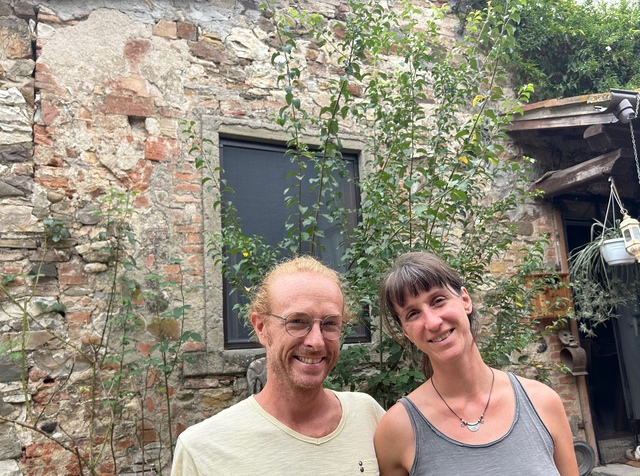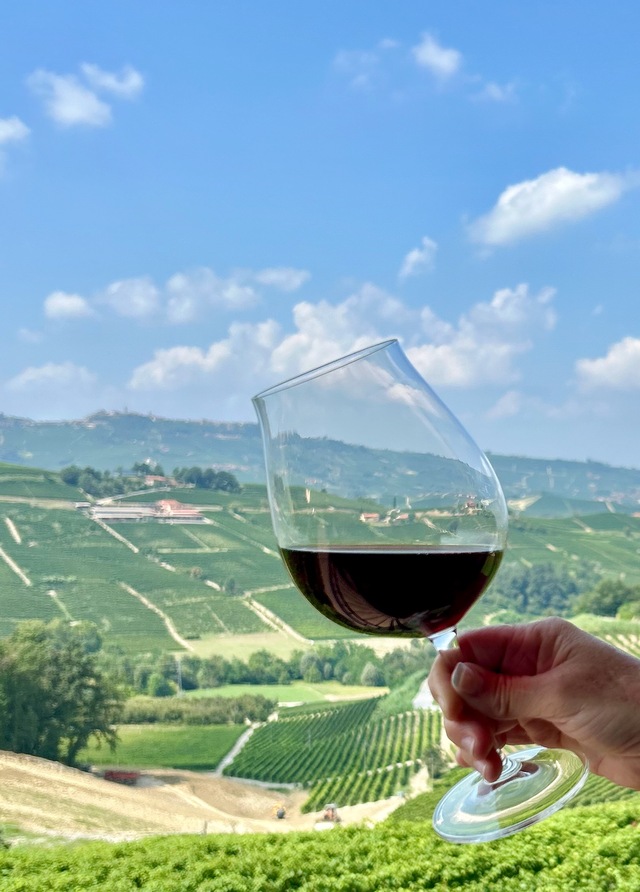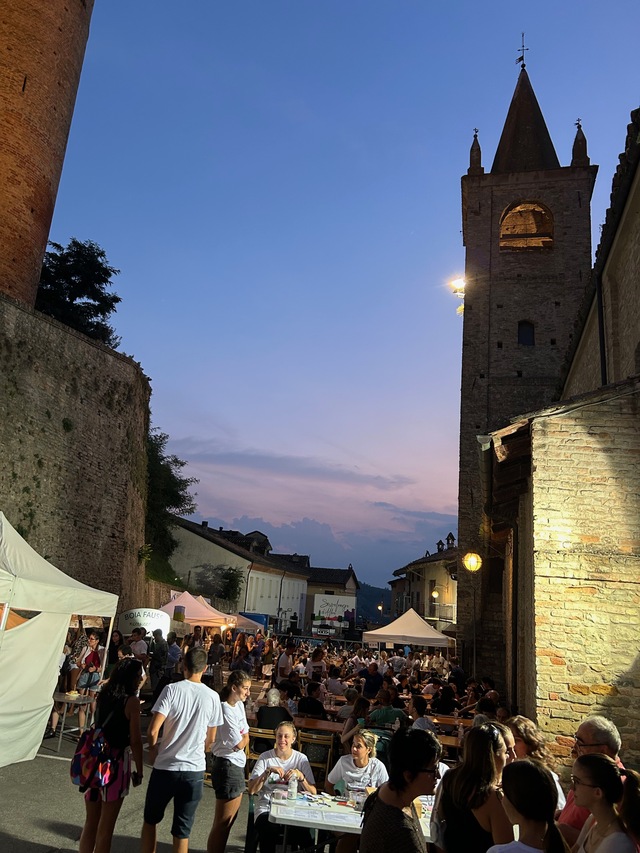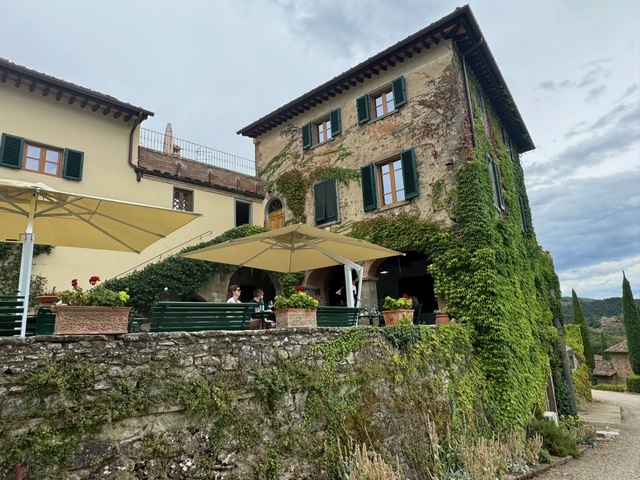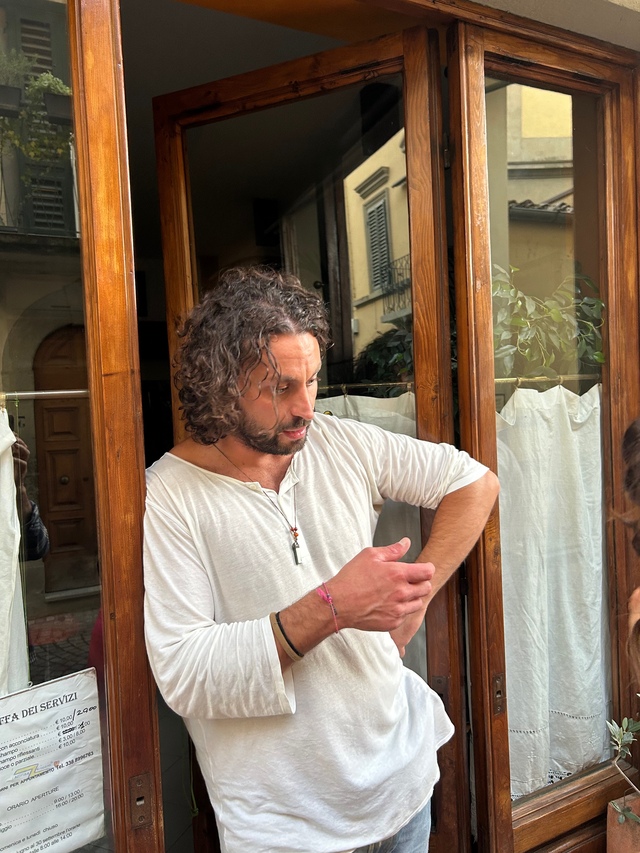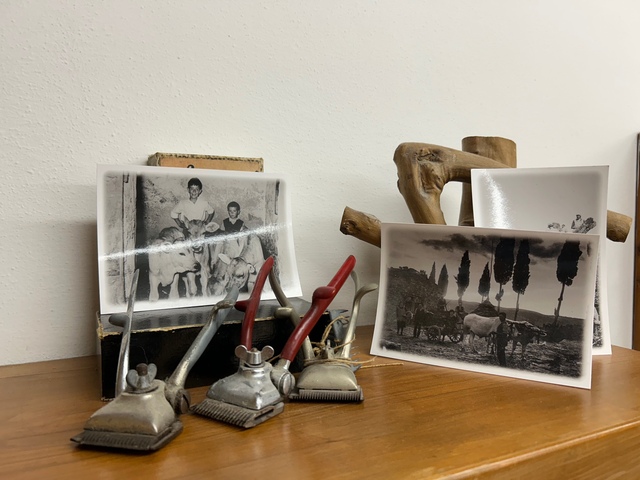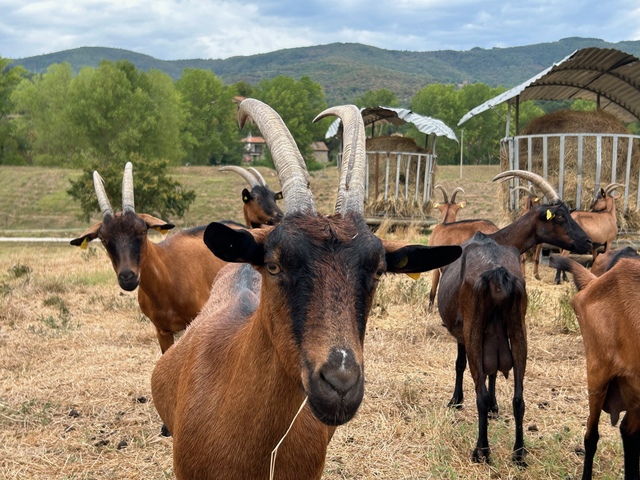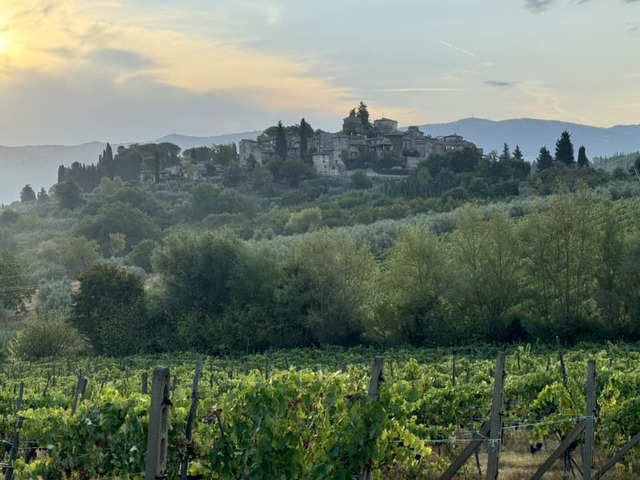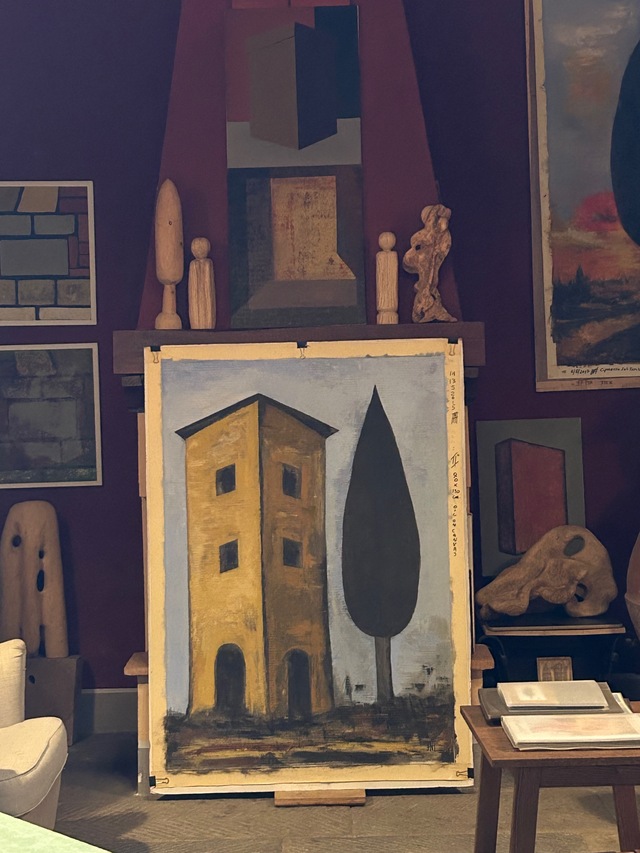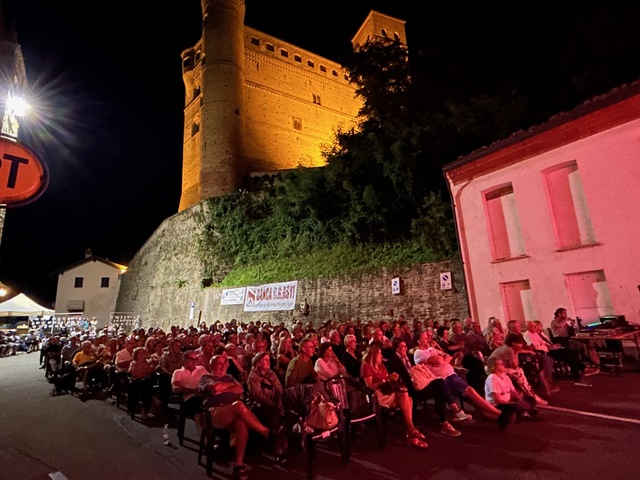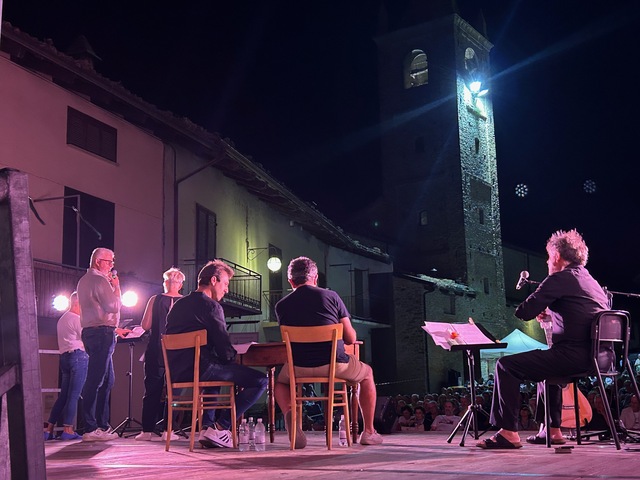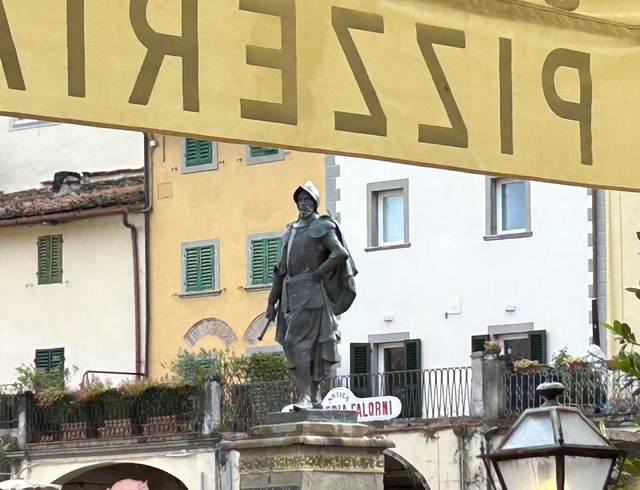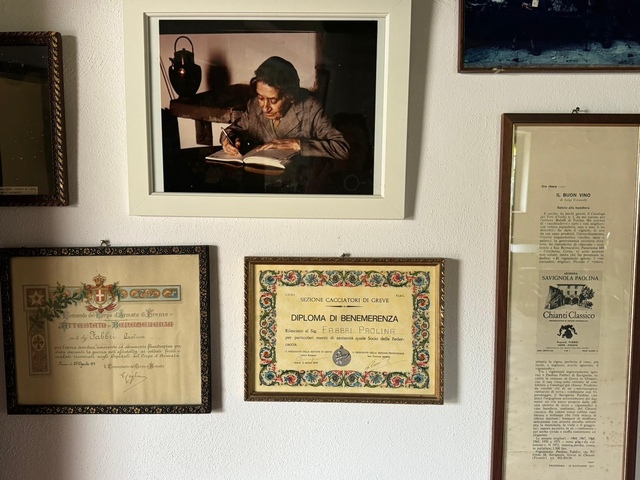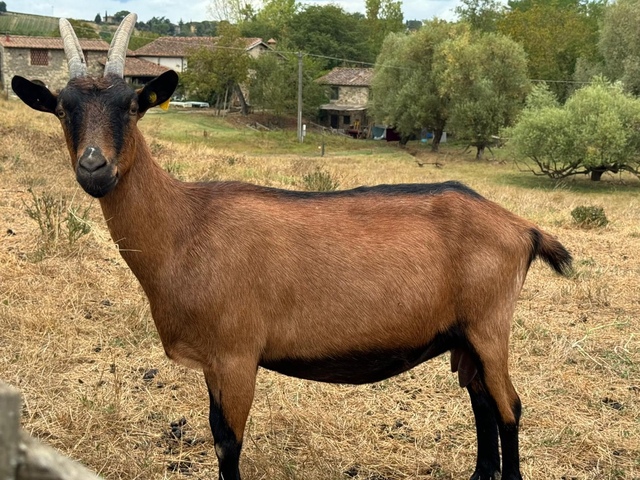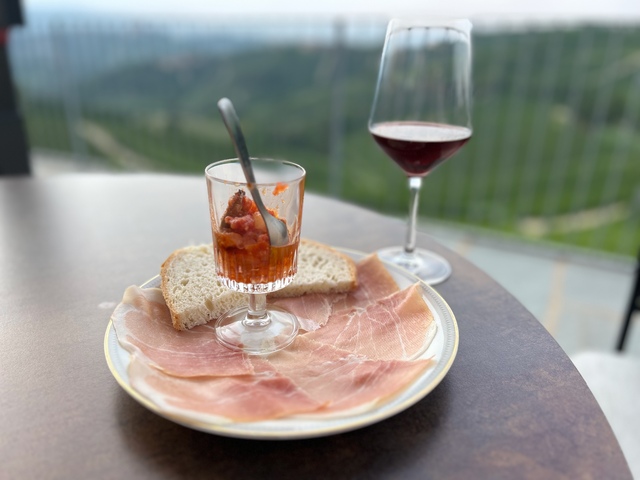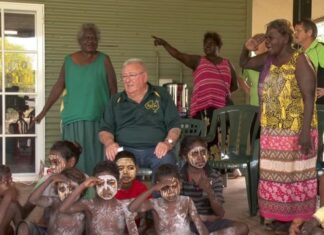Some times you don’t recognise what you have right in front of you until you travel. ERLE LEVEY goes to the Italian municipality of Greve in Chianti to experience the good living it is famous for and understand the similarities to the Gympie and Noosa regions.
“A slow road to experience one of the most beautiful landscapes in the world.’’
Purpose and passion … that’s what drives communities.
It leads to an enriching of lives for future generations by slowing things down and appreciating what they have.
In doing so they make things sustainable and more appealing, through a healthy outlook and a clean environment.
In a fast-paced world it’s wonderful to be able to take time to reflect on our priorities.
It’s good to embrace change. It’s also valuable to remember the traditions that have created a sense of community.
There’s a municipality in Italy that has embraced the benefits of slow living, so much so that it has become an attraction for an international audience.
Chianti is a world-wide name. Not just for the quality wines but for the value the community of Greve place on good living or living well.
Greve in Chianti was where Citta Slow was formed in 1999 by Carlo Petrini, who started Slow Food 13 years before that – now a world-wide movement encouraging good, healthy and fair food.
Citta Slow or “la citta del buon vivere’’ translates to community of good living.
The culture is setting it apart from the mediocre and highlighting it as a municipality that cares about the land, the environment, and the future.
In short, it makes the area a highly desirable place to live or visit.
By embracing the past and encouraging the present they are ensuring the future.
There are many similarities with what we have here in Noosa, the Mary Valley and Gympie.
At the same time, what Greve in Chianti has to offer can be inspirational to our region.
Instead of wineries and butcher shops filled with wild game, we have cattle and horses, forestry and sub-tropical fruits.
While in Italy recently we took the opportunity to visit Greve, and that is where we met with Alessandra from Citta Slow. She suggested we take a slow road through the region … a self-drive journey including vineyards and olive groves, art installations and galleries, architectural designs both old and new, wine tastings and restaurants, farms and pottery studios.
Citta Slow was founded after a meeting organised by the mayor of Greve, in northern Tuscany, and a 54-point charter was developed, encouraging high quality local food and drink, general conviviality and the opposition to cultural standardisation.
There are now almost 300 communities in nearly 30 countries that have adopted the philosophy, including three in Australia – Katoomba, Yea and Goolwa.
In the centre of Greve is a large statue of Giovanni da Verrazzano, commemorating the famous explorer who was the discoverer of New York Bay in 1524.
Another local explorer and navigator, Amerigo Vespucci (1454-1512), is from whose name the term “America“ is derived.
Today, it’s more about space travel and around-the-world flights. Yet it’s highly beneficial to reconnect with those who make communities strong – those who are responsible for providing the foundations of life through healthy soil and good food
The community of Greve in Chianti provides the key – or the inspiration – for other like-minded regions to recognise the talent that is available, the features, the appeal, the natural landscape that surrounds them.
It is part of the Ville-fattoria in Chianti Classico Biosphere Reserve proposal that takes in the two provinces of Florence and Siena.
The Noosa-Gympie region provides a wealth of clean, green and artistic appeal. After all, together with the Sunshine Coast, it is the only stretch of three continuous United Nations Educational, Scientific and Cultural Organisation (UNESCO) Biosphere Reserves out of the five in Australia and more than 700 in the world.
That is where land, water and air interact with each other, and where people strive to live in harmony with nature, to use and care for resources, and to sustain such places for generations to come.
The three sit side by side – stretching an estimated 222 kilometres – across the Great Sandy Biosphere at Fraser Coast, Noosa Biosphere Reserve and Sunshine Coast Biosphere Reserve.
Part of the process to obtain Citta Slow recognition for Greve in Chianti is the encouragement and mentoring of young people to learn and grow in the municipality.
It can be through music, art, food, wine or those wanting to become farmers.
Walking through the piazza with third-generation barber Tommaso Degl’minnocenti, he tells me about the book he has written and the young people he has inspired.
We talk with Lorenzo Falorni, restaurant and pizzeria owner who exports wine-serving systems around the world – even to our local tavern and a house 400-metres from my door.
Then there is engineer-turned artist and gallery owner Dr Khosrow Salehi who is planning to sail around the world.
Sitting with Luzius Caviezel of the Savignola Paolina winery is so informative of what it is like to be a wine producer in such a celebrated region.
He is very giving of his time to engage in a rich discussion about wine production and hospitality in the region.
It’s a small winery that tries to be distinctive, individual, original … and it’s places such as this that people should visit and get an understanding of what is involved in this craft.
What started as a farming community in the 16th century, this small hamlet is surrounded by history.
Savignola started in 1780 and is characterised by Paolina, who ran her family winery during the 1950s and ’60s, in a time when women rarely worked anywhere except in the home.
Not only did Paolino run the farm and produce wine, she was also a regional wine committee member who was able to influence others and bring innovation to the historic traditions of the classic Chianti wines.
Today Savignola is led by Manuela and her husband Luzius, who together with their team have an annual production of about 22,000 bottles.
Paolina put her name on the winery and today they want to keep her story alive.
Structure wise, they use sangiovese grapes which is mandatory to gain Italy’s denominazione di origine controllata (DOC) system.
Introduced in 1963, it specifies not only the production area and methods for each wine, but also guarantees the quality standard of certain wines which pass a government taste test.
The wineries must use at least 80 percent sangiovese grapes to be credited with the black rooster – the symbol of the area and the official label of the classic Chianti wine.
The label means the wine was produced following the specific rules, and approved by the association. It has to be grown in the region, and approved each year.
The name Chianti became world renown for a reason. This preservation of the brand is paying dividends as the world beats a path to its door.
It’s a matter of understanding the value, unique nature and history of the region.
A few days later – and a little further north in Italy – we are in the Piedmont region which is home of the nebbiolo wine.
The name nebbiolo derives from nebbia, the Italian word for “fog.”
This could be from the fact that the best nebbiolo sites are located above the fog that collects in the valley.
The village of Serralunga d’Alba is surrounded by vineyards that date back centuries.
It’s here that we get another beautiful sense of community. The piazza is the centre for a four-day Summer Festival that relies on the local community to provide and appreciate what the area offers.
A team of volunteers run what seems like self-funded events.
Night one is craft beer, handmade pizza and a DJ. There must have been about 1000 people beneath the spot-lit tower of the old fort and the church spires.
The next night was live theatre – more like a talk show on television -with guests telling stories about the region and themselves.
The Sunday saw singer/songwriter Mario Bensi and his orchestra performing in the park.
Taking the atmosphere in among the residents of this village allowed one time to imagine a similar event in our own region – such an enjoyable and rewarding opportunity for everyone in the community.
TAKING LIFE SLOWER
Sometimes you don’t recognise what you have right in front of you until you travel and see things in perspective.
This is the case with the Noosa hinterland and Mary Valley. It’s good to take a moment to think about what we have.
The gold mining museum reminds us of how embedded Gympie is in Queensland’s rise to a separate colony.
The historic Mary Valley Rattler and the heritage railway station at Gympie is another good starting point.
The train runs through the heart of the Mary Valley, just like the river that provides so much resource.
Opposite the station you have the historical society, Soma Soma cafe/restaurant, Saint Patrick’s Church, the Gympie Fire Brigade building. You have a variety of hotels with their own stories to tell, whether it be the Australian, the Mount Pleasant, Phoenix, Railway, Queenslander or the Victory.
That’s not even going into the smaller towns.
The railway towns offer their own charm, with the third annual GourMay festival in its planning stages, as a month-long celebration of food in the Mary Valley. Meanwhile the annual Gympie Music Muster recently celebrated its 40th year.
It’s the ability to understand history – right from the geographical and hydrological aspects of the Mary Valley and the importance of it on a living landscape.
Then there is the need to embrace the indigenous culture to better understand the land.
There’s the journey from Goomboorian and Wolvi down through farming areas to Kin Kin and its historic school of arts – the first built between Brisbane and Gympie.
The town of Pomona, with a forestry and dairying background, now with a vibrant gallery and the historic Majestic Theatre – the longest continual running theatre in Australia which provides a hub for arts, film, food and music.
The heritage of the Greve in Chianti goes back to the Roman days, and before.
It’s the same in Australia as we gain a deeper understanding of the land and the people, the culture, the wildlife and nature.
It has wide appeal to Australians at large and those from overseas, particularly as we head towards the 2032 Brisbane and regional Queensland Olympics.
The significance and importance of regional identity is being shown by Greve in Chianti – the protection it provides for producers that they have something of quality to offer.
It also keeps the story of how their land has developed over time.
Now, with the emergence of home brands and mass production, it’s important to know and share in that story of where our food comes from.
The providence of food will be so important in the future – where and how the fish are caught, and how the fruit and the crops are grown.
We now have the ability to code where certain breeds of cattle are farmed … right down to what paddock and what day so that it can be certified organic or certified by the region.
This reflects a need to get back to the basics of where our food comes from, and understanding that food supply in our region comes down to the healthy habits of our farmers and producers.
Integrity comes into it as well, and that in turn leads to trust by the consumer in the quality of the produce.
This is knowledge passed down through generations about food production and service, and it’s essential to understand that to create a sense of identity and community around food supply.
Working towards sustainability, defending the environment and reducing our excessive ecological footprint means committing ourselves to rediscover traditional know-how and to make the most of our resources through recycling and reuse, as well as applying new technologies.
Citta Slow encourages people to get closer to nature, savour life, and slow down. This is in order to contribute to a more sustainable future.
A roadside sign at Greve in Chianti reads:
“The environment is a common good,
“It’s your home, respect it,
“Experience the relaxed areas for which they have been designed: sit down and enjoy the landscape in the world.
“Help us to preserve the work that many have done for you,
“Respecting the environment and public objects, respect yourself.
“Discovering Chianti means finding new ways to enjoy the journey and the landscape,
“A slow road to experience one of the most beautiful landscapes in the world.’’
The strength of the region in which we live is the diversity.
Yet wouldn’t it be something to see our many communities come together to create an entity that reflects this diversity, and at the same time ensures our future.

